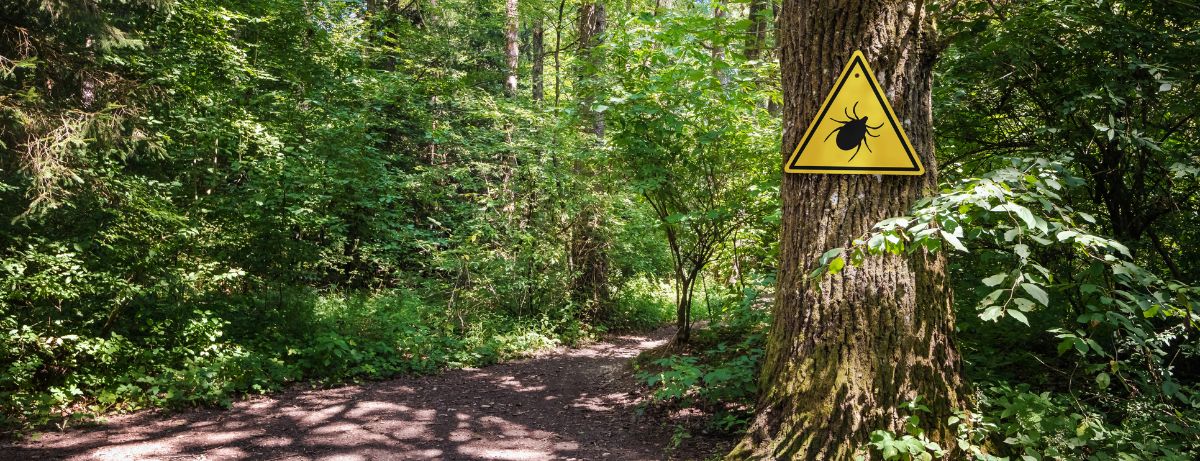Tick Bites: 5 Steps to Take When You’ve Encountered a Tiny Intruder

Outdoor adventures can be exhilarating, but sometimes nature’s tiny intruders, like ticks, can spoil the fun.
If you’ve found yourself on the receiving end of a tick bite, don’t panic. With the right knowledge and swift action, you can minimize potential risks and ensure your well-being. From safe removal techniques to monitoring for symptoms, let’s equip ourselves with the know-how to handle these unwanted encounters and stay vigilant in our pursuit of outdoor enjoyment.
Step 1: Swift and Safe Removal
Upon discovering a tick attached to your skin, it’s essential to remove it promptly and safely. To begin, use fine-tipped tweezers and grasp the tick as close to the skin’s surface as possible. Avoid squeezing or crushing the tick, as it can increase the risk of disease transmission. Gently pull upward with steady pressure, ensuring you don’t twist or jerk the tick. Once removed, clean the bite area and your hands thoroughly with soap and water or alcohol-based sanitizer.
Step 2: Tick Identification
Not all ticks transmit diseases, but it’s important to identify the tick species to assess potential risks. If possible, examine the tick using a magnifying glass or take a clear photo. Compare it to online resources or consult a healthcare professional for assistance. Different ticks have varying disease-carrying capabilities, so knowing the specific type can help determine the appropriate course of action.
Step 3: Monitor for Symptoms
After a tick bite, it’s crucial to monitor your health for any unusual symptoms. Keep an eye out for signs of infection or the onset of tick-borne illnesses, such as fever, rash, muscle aches, fatigue, or flu-like symptoms. Be vigilant for several weeks, as symptoms can appear within days or even weeks after a tick bite. If any concerning symptoms arise, promptly seek medical attention and inform the healthcare provider about the tick bite history.
Step 4: Preserve the Tick for Identification
In some cases, preserving the tick for identification purposes can aid in diagnosing potential illnesses. Place the tick in a clean, sealed container, or a Ziplock bag with a slightly damp cotton ball or tissue. Label it with the date and the location where the bite occurred. This preserved tick can be helpful if you develop symptoms and need to consult a healthcare professional later.
Step 5: Prevention is Key
The best defense against tick-borne illnesses is prevention. Take proactive measures to minimize exposure to ticks, such as wearing long sleeves and pants, applying tick repellent containing DEET, and performing regular tick checks after spending time outdoors. Additionally, avoid walking through dense vegetation or tall grasses, and stick to cleared paths whenever possible.
In conclusion: Encountering a tick can be unnerving, but by knowing the right steps to take, you can protect yourself from potential risks. Swift removal, tick identification, symptom monitoring, and prevention are key to navigating this unwelcome encounter. Stay informed, stay cautious, and continue to enjoy the great outdoors with peace of mind.
MEDICAL DISCLAIMER: The content of this Website or Blog is not intended to be a substitute for professional medical advice, diagnosis, or treatment. Always seek the advice of your physician or other qualified health provider with any questions you may have regarding a medical condition. Never disregard professional medical advice or delay in seeking it because of something you have read on this Website or Blog.
If you think you may have a medical emergency, call 911 immediately, call your doctor, or go to the emergency room/urgent care.
